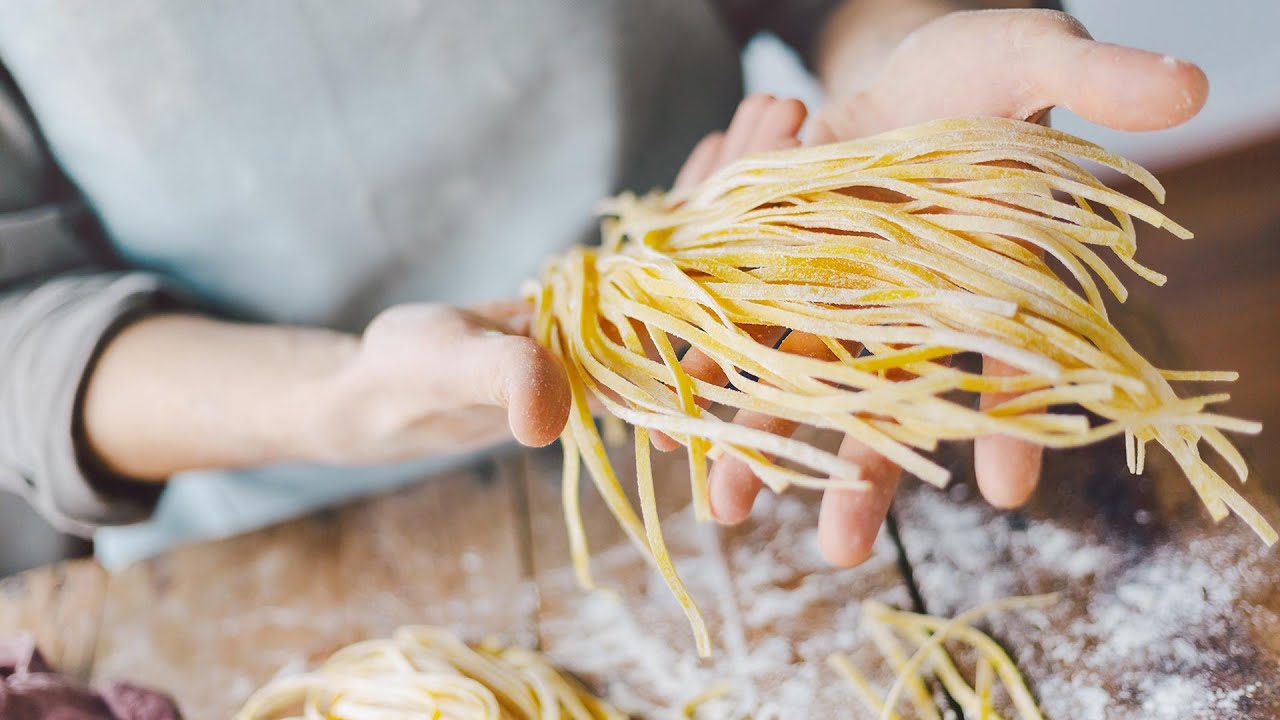

Articles
How To Store Homemade Noodles
Modified: February 24, 2024
Discover the best way to store homemade noodles with our helpful articles. Keep your noodles fresh and tasty for longer with these easy storage tips.
(Many of the links in this article redirect to a specific reviewed product. Your purchase of these products through affiliate links helps to generate commission for Storables.com, at no extra cost. Learn more)
Introduction
Welcome to the world of homemade noodles! There’s nothing quite like the satisfaction of creating your own delicious pasta from scratch. Not only do homemade noodles offer superior taste and texture compared to store-bought options, but they also allow you to customize your noodle creations to suit your specific tastes and dietary preferences.
In this article, we will explore the art of storing homemade noodles to ensure that you can enjoy their freshness and flavor for extended periods of time. Whether you’re making a large batch for future meals or simply looking for ways to preserve leftovers, proper storage techniques are key to maintaining the quality of your homemade noodles.
So, let’s dive in and discover the benefits of homemade noodles, different types of noodles you can make, and essential tips for preparation, cooking, cooling, packaging, freezing, storing, reheating, and enjoying your homemade noodles.
Key Takeaways:
- Embrace the art of homemade noodles for fresher, healthier, and customizable pasta options. From preparation to storage, enjoy the satisfaction of creating and savoring your own delicious noodle creations.
- Master the techniques of storing, freezing, and reheating homemade noodles for extended enjoyment. With proper packaging and creative reheating methods, savor the flavors of your homemade pasta any time you desire.
Read more: How To Store Homemade Pasta Noodles
Benefits of Homemade Noodles
There are numerous benefits to making your own noodles from scratch. Here are some of the top advantages:
- Freshness: Homemade noodles are made with simple ingredients and without any preservatives. This means you can enjoy the freshest possible noodles with a superior taste and texture.
- Customization: When making your own noodles, you have complete control over the ingredients. You can choose to use organic or gluten-free flours, incorporate herbs or spices into the dough, or experiment with unique shapes and flavors.
- Healthier Option: By making your own noodles, you can opt for whole wheat or alternative flours, reducing the amount of refined carbohydrates in your diet. Additionally, you can control the amount of salt and fat used in the dough, making it a healthier choice overall.
- Creative Freedom: Homemade noodles provide a platform for culinary creativity. You can play around with different ingredients, shapes, and sizes to create unique dishes that showcase your personal style and preferences.
- Cost-effective: Making your own noodles can be more cost-effective than buying pre-packaged options, especially when you consider the quality and quantity you can produce at home.
These are just a few of the many benefits of making homemade noodles. Now that you understand why homemade noodles are so appealing, let’s explore the different types of noodles you can create right in your own kitchen.
Types of Homemade Noodles
When it comes to homemade noodles, the possibilities are endless. Here are a few popular types of homemade noodles that you can easily make at home:
- Basic Egg Noodles: These versatile noodles are made with a simple combination of flour, eggs, and salt. They are commonly used in dishes like chicken noodle soup or as a side dish with butter and herbs.
- Whole Wheat Noodles: For a healthier twist, you can make noodles using whole wheat flour. They have a nuttier flavor and are packed with fiber, making them a nutritious choice.
- Spinach Noodles: Adding pureed spinach to your dough not only imparts a vibrant green color to your noodles but also adds a subtle earthy flavor.
- Herb-infused Noodles: You can experiment with different herbs and spices to infuse your noodles with unique flavors. From basil and garlic to rosemary and thyme, the possibilities are limitless.
- Veggie-packed Noodles: Get creative by incorporating grated vegetables like carrots, zucchini, or beets into your noodle dough. Not only does this add an extra nutritional punch, but it also adds a splash of color to your dishes.
- Gluten-Free Noodles: If you have dietary restrictions, fear not! There are plenty of gluten-free options available, such as using rice flour, chickpea flour, or a gluten-free flour blend.
These are just a few examples of the many types of homemade noodles you can create. Feel free to experiment with different ingredients and flavors to create your own unique noodles.
Now that you’re familiar with the different types of homemade noodles, let’s move on to essential tips for preparing and cooking your noodles to perfection.
Preparation and Cooking Tips
Preparing and cooking homemade noodles requires a bit of technique and attention to detail. Here are some essential tips to ensure your noodles turn out perfectly:
- Measure Ingredients Accurately: For consistent results, it’s important to measure your ingredients accurately. Use a kitchen scale to measure your flour and eggs for precise ratios.
- Knead the Dough: Kneading the dough is crucial to develop gluten and achieve the right texture. Continue kneading until the dough is smooth and elastic.
- Rest the Dough: Let the dough rest for at least 20-30 minutes before rolling it out. This allows the gluten to relax and makes the dough easier to work with.
- Rolling and Cutting: When rolling out the dough, start with a lightly floured surface and divide the dough into smaller portions. Roll the dough out evenly to your desired thickness, and then cut it into the desired shape or use a pasta machine for more precise results.
- Cooking Time: Pay close attention to the cooking time for your homemade noodles as they cook faster than store-bought options. Cook the noodles in a large pot of salted boiling water until al dente, which means they maintain a slight firmness to the bite.
- Shock in Ice Water: After cooking, immediately transfer the noodles to a bowl of ice water to stop the cooking process and prevent them from becoming mushy. Drain well before using or storing.
- Toss in Olive Oil: To prevent the noodles from sticking together, toss them in a drizzle of olive oil after draining. This will keep them separated and make them easier to handle.
- Seasoning: Don’t forget to season your noodles with salt and pepper, or other seasonings, to enhance their flavor before serving.
By following these tips, you’ll be well on your way to creating delicious homemade noodles. Next, let’s explore the cooling and drying process to ensure your noodles are ready for storage.
Cooling and Drying Homemade Noodles
After cooking your homemade noodles, it’s important to cool and dry them properly before storing them to preserve their quality. Here are some steps to follow:
- Cooling: Immediately after cooking, transfer the noodles to a large colander and rinse them under cold running water. This helps to remove excess starch and prevent them from sticking together.
- Drain and Shake: Shake the colander gently to remove excess water. You can even pat the noodles dry with a clean kitchen towel or paper towels to speed up the drying process.
- Spread on a Drying Rack: Place the noodles on a drying rack in a single layer, making sure they are not touching each other. This allows air to circulate and helps the noodles dry evenly.
- Avoid Sunlight: Keep the drying noodles away from direct sunlight as it can cause uneven drying and affect the flavor and texture of the noodles.
- Patience is Key: Depending on the thickness of your noodles, the drying process can take anywhere from a few hours to overnight. It’s important to be patient and allow the noodles to completely dry before storing them.
- Test for Dryness: To check if the noodles are completely dry, break one in half. If there are no visible signs of moisture or softness, they are ready to be stored.
Once your noodles are fully dried, you can proceed to package them appropriately for storage. Let’s explore the different packaging options for homemade noodles in the next section.
After making homemade noodles, let them air dry for 1-2 hours before storing to prevent them from sticking together. Once dry, store in an airtight container in a cool, dry place for up to 2 weeks.
Read more: How To Store Homemade Egg Noodles
Packaging Homemade Noodles
Proper packaging is essential for maintaining the freshness and quality of your homemade noodles. Here are some packaging options to consider:
- Airtight Containers: One option is to transfer the dried noodles to airtight containers. Make sure the containers are clean, dry, and have a tight seal to prevent air and moisture from entering.
- Ziplock Bags: Ziplock bags are another convenient option for storing homemade noodles. Ensure that you remove as much air as possible from the bag before sealing it to prevent the noodles from becoming stale.
- Vacuum Sealing: If you have a vacuum sealer, you can use it to package your noodles. Vacuum sealing removes all the air from the packaging, ensuring maximum freshness and extended shelf life.
- Mason Jars: For a charming and eco-friendly option, consider using mason jars to store your homemade noodles. Make sure to clean and dry the jars thoroughly before adding the noodles and sealing them tightly.
- Labeling: Whichever packaging option you choose, it’s crucial to label each container or bag with the type of noodle and the date of storage. This will help you keep track of the noodles and ensure you use the oldest ones first.
Remember to store your packaged homemade noodles in a cool, dry place away from direct sunlight or heat sources. Properly packaged noodles can last for several months, allowing you to enjoy homemade pasta any time you desire.
In the next section, we will explore freezing as an option for long-term storage of homemade noodles.
Freezing Homemade Noodles
Freezing is a fantastic method for long-term storage of homemade noodles. Here’s how you can freeze your noodles effectively:
- Pre-Freeze the Noodles: Before freezing, it’s important to pre-freeze your homemade noodles. Lay them out in a single layer on a baking sheet or tray, making sure they are not touching each other. Place the tray in the freezer for about 1-2 hours until the noodles are firm but not fully frozen.
- Transfer to Freezer Bags: Once the noodles are pre-frozen, transfer them into freezer-safe bags or containers. Squeeze out as much air as possible from the bags and seal them tightly. Alternatively, you can vacuum seal the noodles for maximum freshness.
- Label and Date: Remember to label each bag or container with the type of noodle and the date of freezing. This ensures that you can easily identify and use them in the future.
- Freeze Flat: To save space in the freezer and prevent the noodles from sticking together, lay the bags flat during the freezing process. Once they are fully frozen, you can arrange them vertically or stack them if needed.
- Proper Thawing: When you’re ready to use the frozen noodles, it’s best to thaw them in the refrigerator overnight. This gradual thawing process helps maintain the texture and flavor of the noodles. Avoid thawing at room temperature to prevent bacterial growth.
- Cooking Frozen Noodles: You can cook the frozen noodles directly in boiling water without thawing them. Simply add the frozen noodles to the boiling water and cook for a slightly longer time than fresh noodles. Keep an eye on the texture and cook until they reach your desired level of doneness.
By following these freezing tips, you can enjoy your homemade noodles even months after making them. In the next section, we will explore how to properly store fresh homemade noodles for short-term use.
Storing Fresh Homemade Noodles
If you plan on consuming your homemade noodles within a few days, storing them fresh is the way to go. Here are some tips to store fresh homemade noodles:
- Refrigerator Storage: Fresh noodles can be stored in the refrigerator for up to 2-3 days. After cooking and cooling the noodles, transfer them to an airtight container or wrap them tightly in plastic wrap to prevent them from drying out.
- Sprinkle with Flour: To further prevent sticking, lightly sprinkle the noodles with flour before storing. This creates a protective barrier and helps maintain their texture.
- Avoid Sauce Contact: If you plan on storing fresh noodles in sauce, it’s best to keep them separate until ready to serve. The moisture from the sauce can cause the noodles to become mushy and lose their texture.
- Use within 2-3 Days: It’s important to note that fresh noodles have a shorter shelf life compared to dried or frozen noodles. Consume them within 2-3 days for optimal flavor and texture.
Remember to always check the noodles for any signs of spoilage before consuming, such as a sour smell or mold growth. If in doubt, it’s best to discard them to avoid any food safety risks.
Now that you know how to store fresh homemade noodles, let’s move on to the final section to learn how to reheat and enjoy your delicious creations.
Reheating and Enjoying Homemade Noodles
When it’s time to enjoy your stored or leftover homemade noodles, reheating them properly is key to maintaining their flavor and texture. Here are some tips for reheating and enjoying your homemade noodles:
- For Dried or Frozen Noodles: If you have dried or frozen noodles, you can simply cook them in boiling water until al dente, following the instructions provided earlier. This will bring them back to their tender and delicious state.
- For Fresh Refrigerated Noodles: To reheat fresh refrigerated noodles, bring a pot of salted water to a boil. Add the noodles and cook for just a minute or until heated through. Avoid overcooking, as it can result in mushy noodles.
- Adding to Soups or Stir-Fries: Fresh or reheated noodles can be added to soups, broths, stir-fries, or other sauce-based dishes. Simply drop them into the hot liquid or stir-fry towards the end of the cooking process to warm them up. This ensures they absorb the flavors of the dish without becoming soggy.
- Serve with Sauce: Toss your reheated noodles with your favorite sauce or dressing to add moisture and enhance the flavors. Whether it’s a simple garlic and olive oil combination or a rich tomato-based sauce, a well-coated noodle dish is a delight to the taste buds.
- Garnish and Enjoy: Sprinkle your noodles with herbs, grated cheese, toasted nuts, or any other desired toppings to elevate their taste and presentation. Serve them hot and savor each homemade bite!
Remember, homemade noodles are versatile and can be used in a variety of dishes. Let your creativity shine and experiment with different sauces, toppings, and flavor combinations to create your own signature noodle dishes.
With these tips, you’re well-equipped to store, reheat, and enjoy your homemade noodles to the fullest. So gather your ingredients, roll up your sleeves, and embark on a flavorful noodle-making journey!
Read more: How To Store Rice Noodles
Conclusion
Congratulations! You have learned the art of storing homemade noodles to ensure their freshness and quality. By making your own noodles from scratch, you not only enjoy the satisfaction of creating something delicious but also have the freedom to customize the flavors, shapes, and textures according to your preferences.
We explored the benefits of homemade noodles, including their freshness, customizability, and healthier options. We also delved into various types of homemade noodles, such as basic egg noodles, whole wheat noodles, herb-infused noodles, and gluten-free alternatives.
You learned essential tips for preparing and cooking noodles to perfection, including accurate measurement, proper kneading and resting, rolling and cutting techniques, and the importance of seasoning. We also discussed the importance of cooling and drying homemade noodles before packaging them for storage.
Speaking of storage, we explored different packaging options such as airtight containers, ziplock bags, and mason jars. We also discussed the benefits of labeling and proper storage location to maintain the freshness of your noodles.
If you plan to store noodles for a longer period, freezing them is a great option. We discussed the steps for pre-freezing, transferring to freezer bags, proper labeling, and cooking frozen noodles when you are ready to use them.
For short-term storage, we learned how to refrigerate fresh noodles, including the importance of proper packaging, the use of flour to prevent sticking, and avoiding sauce contact until serving time.
To enjoy your stored or leftover noodles, we provided reheating tips for dried, frozen, and fresh refrigerated noodles. We also encouraged you to get creative with sauces, toppings, and garnishes to enhance your noodle dishes.
Now armed with this knowledge, you’re ready to embark on your noodle-making journey. Enjoy the process of creating homemade noodles, savor the flavors, and indulge in the satisfaction that comes with making something delicious from scratch.
So, what are you waiting for? Let your culinary creativity soar as you delve into the world of homemade noodles. Bon appétit!
Frequently Asked Questions about How To Store Homemade Noodles
Was this page helpful?
At Storables.com, we guarantee accurate and reliable information. Our content, validated by Expert Board Contributors, is crafted following stringent Editorial Policies. We're committed to providing you with well-researched, expert-backed insights for all your informational needs.
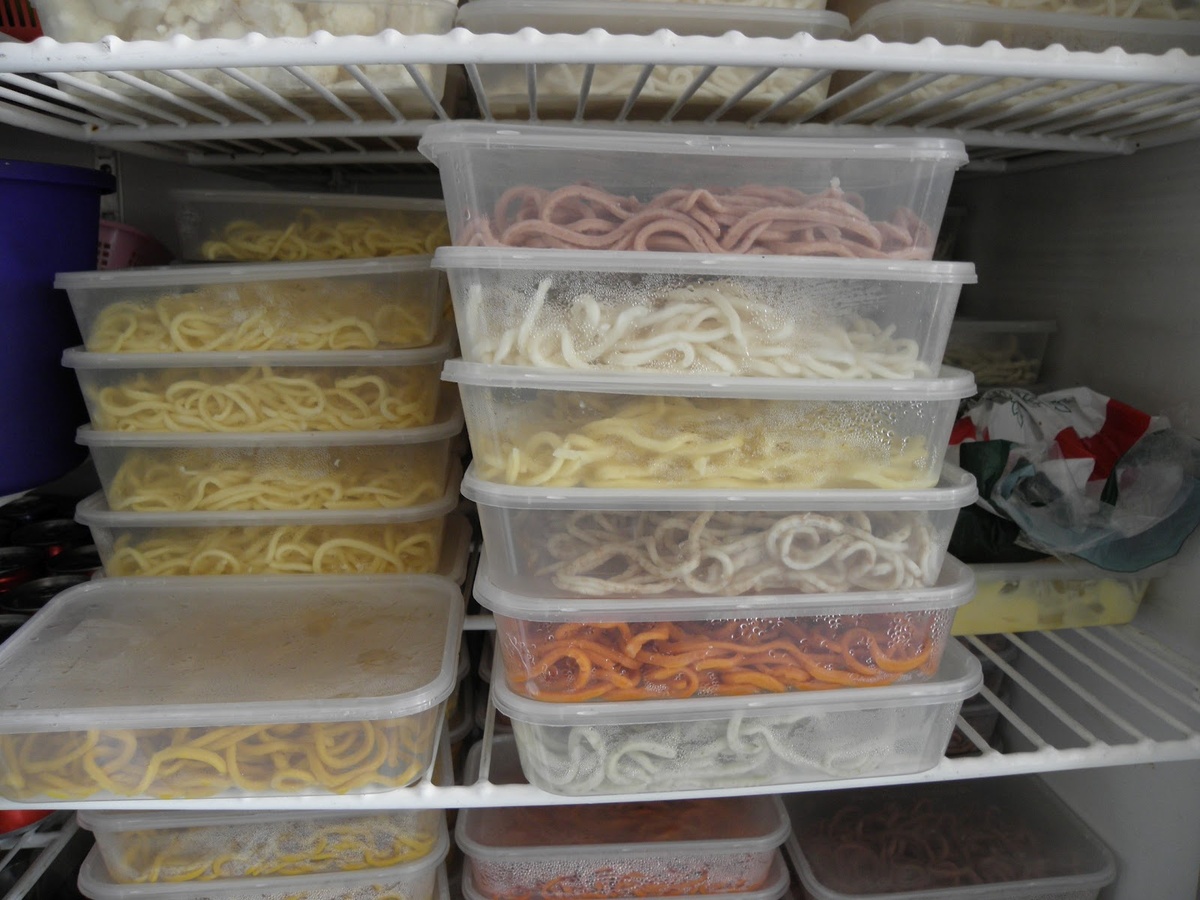

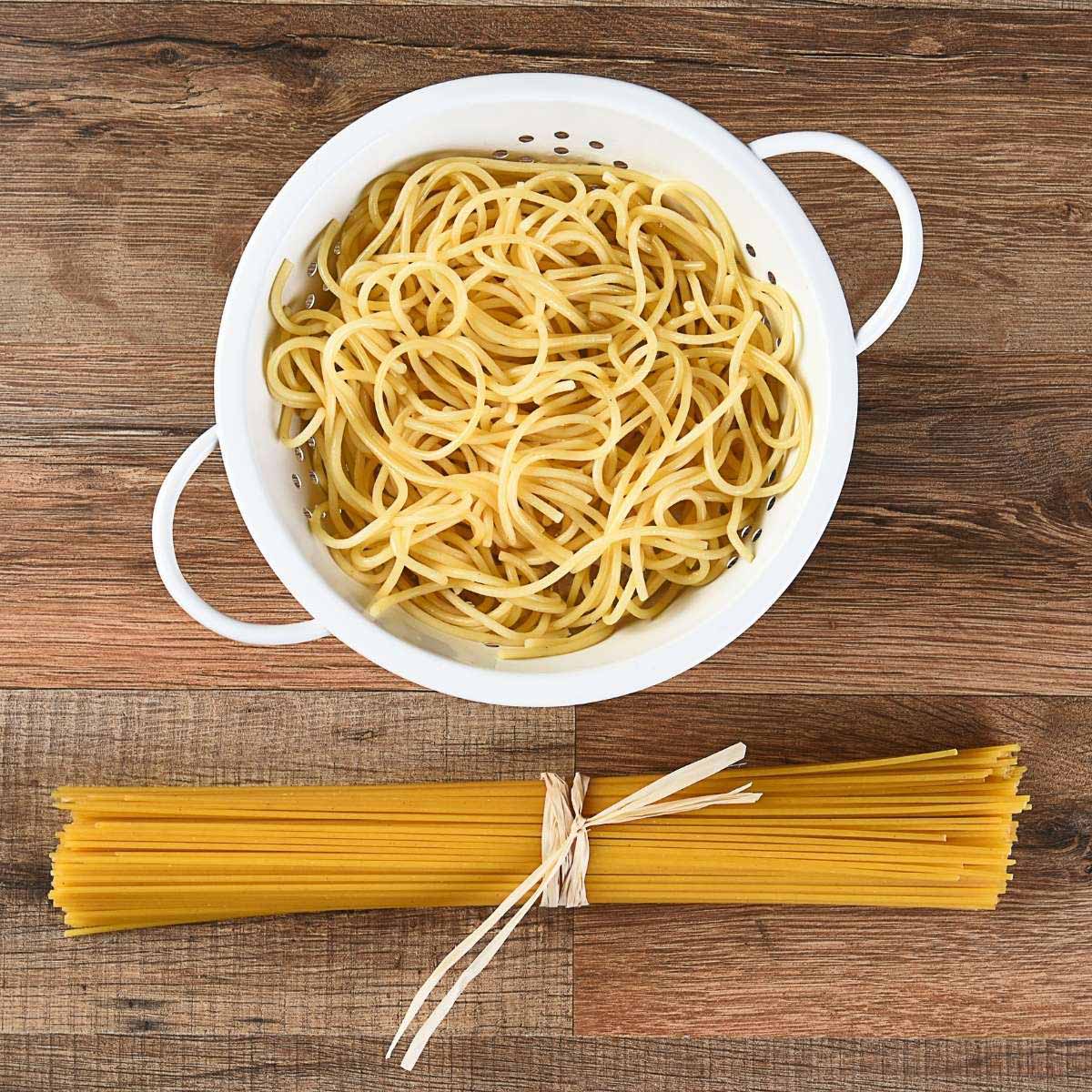

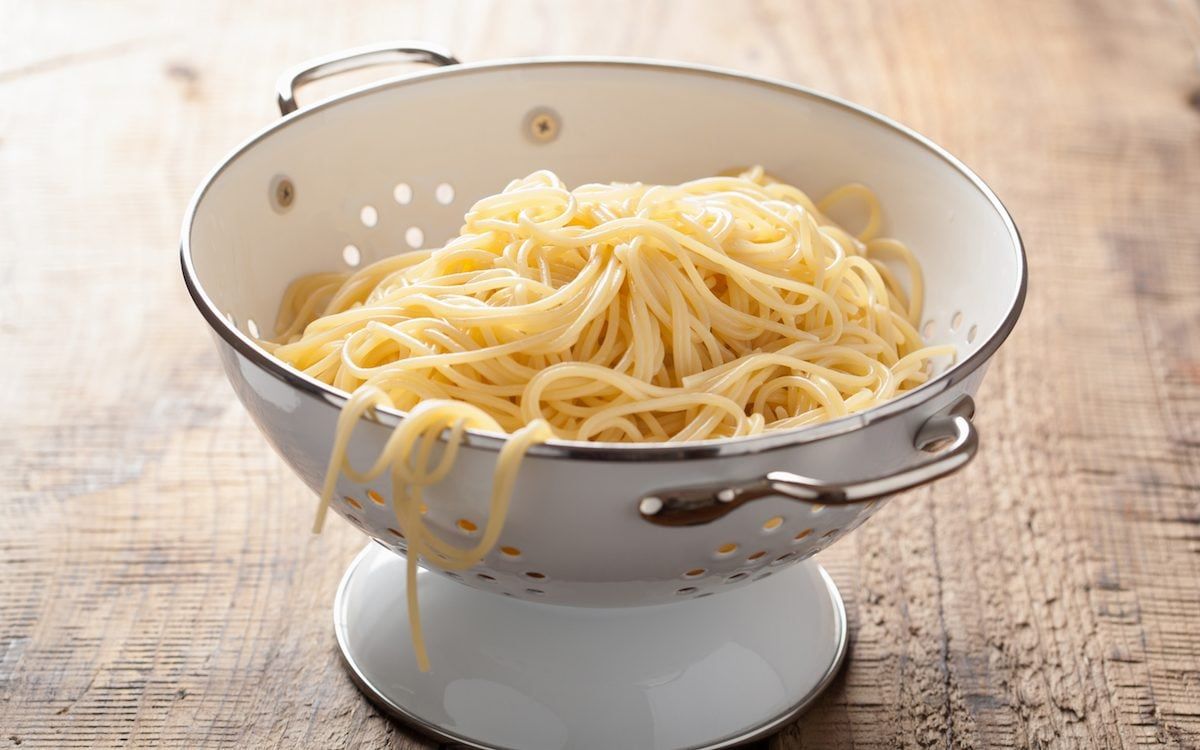
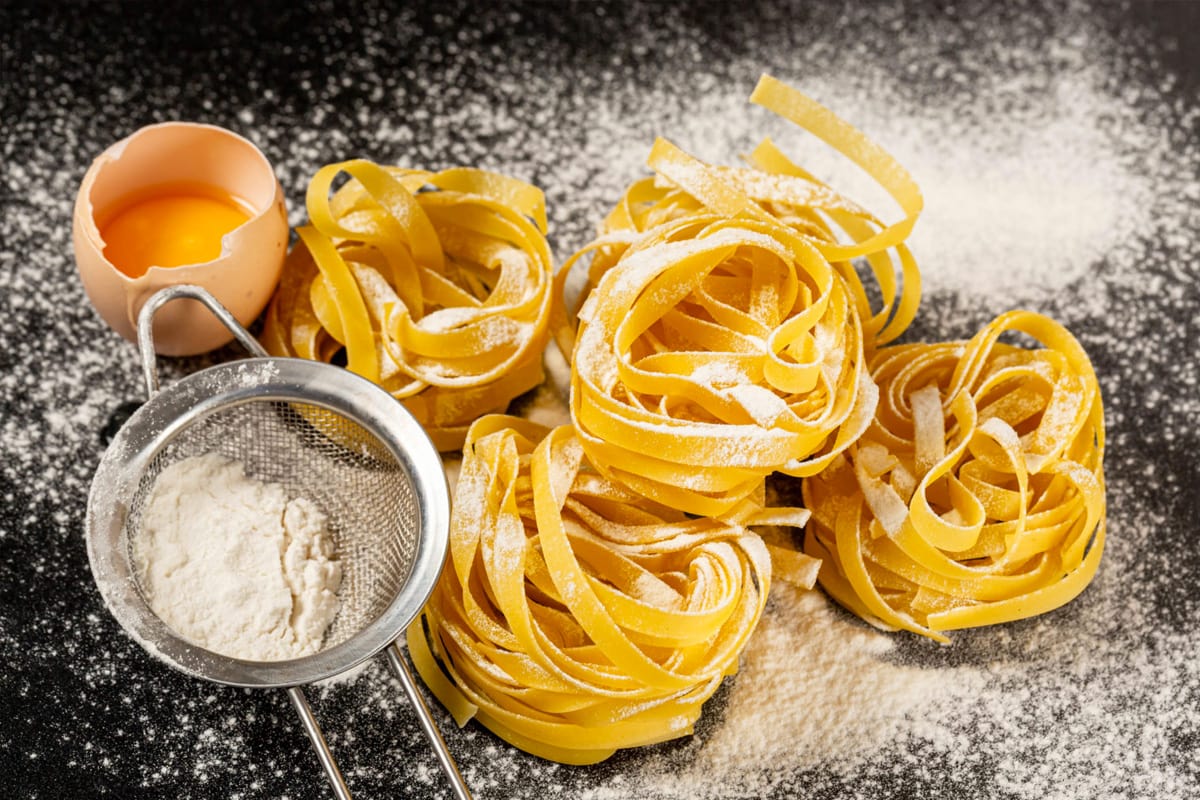
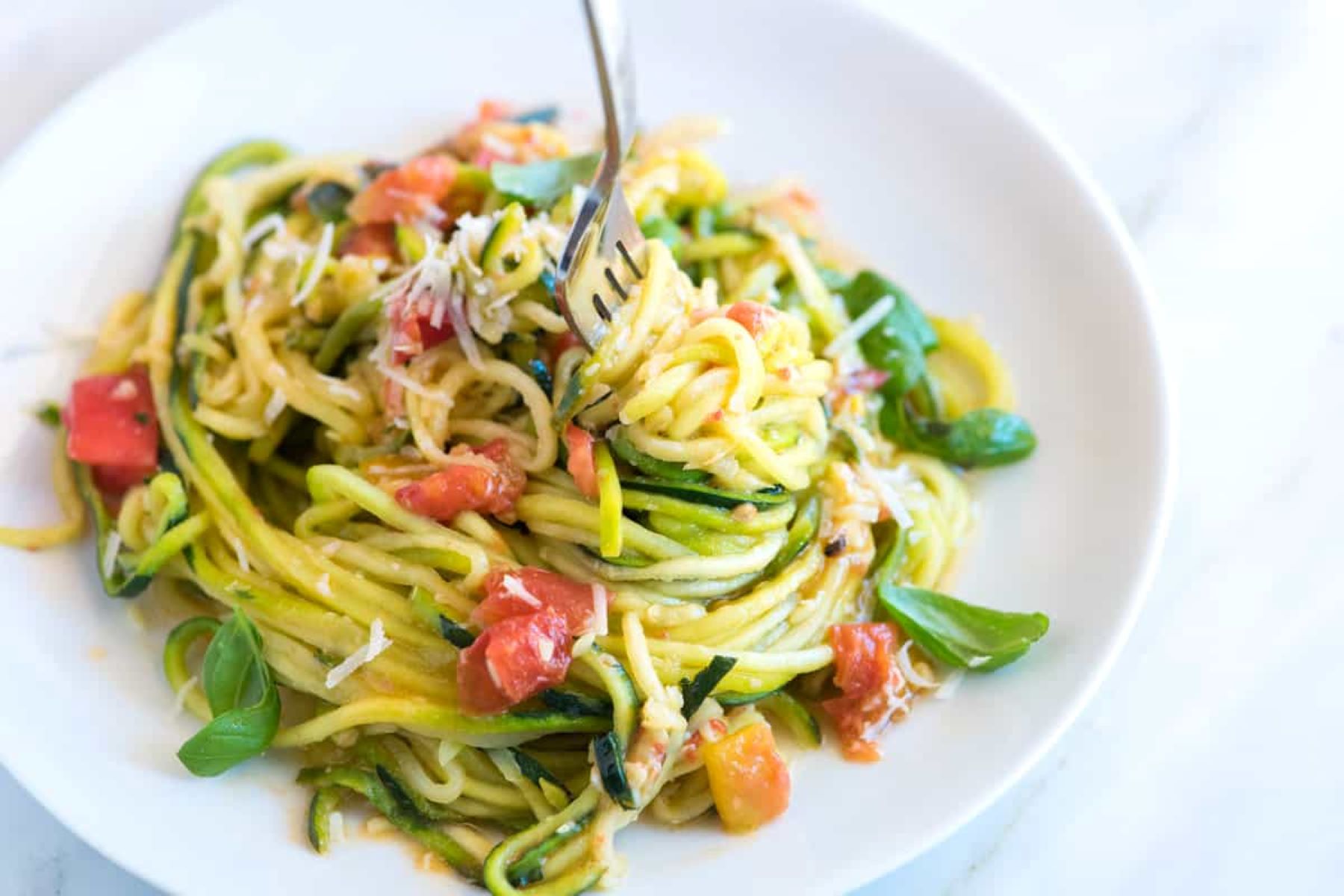
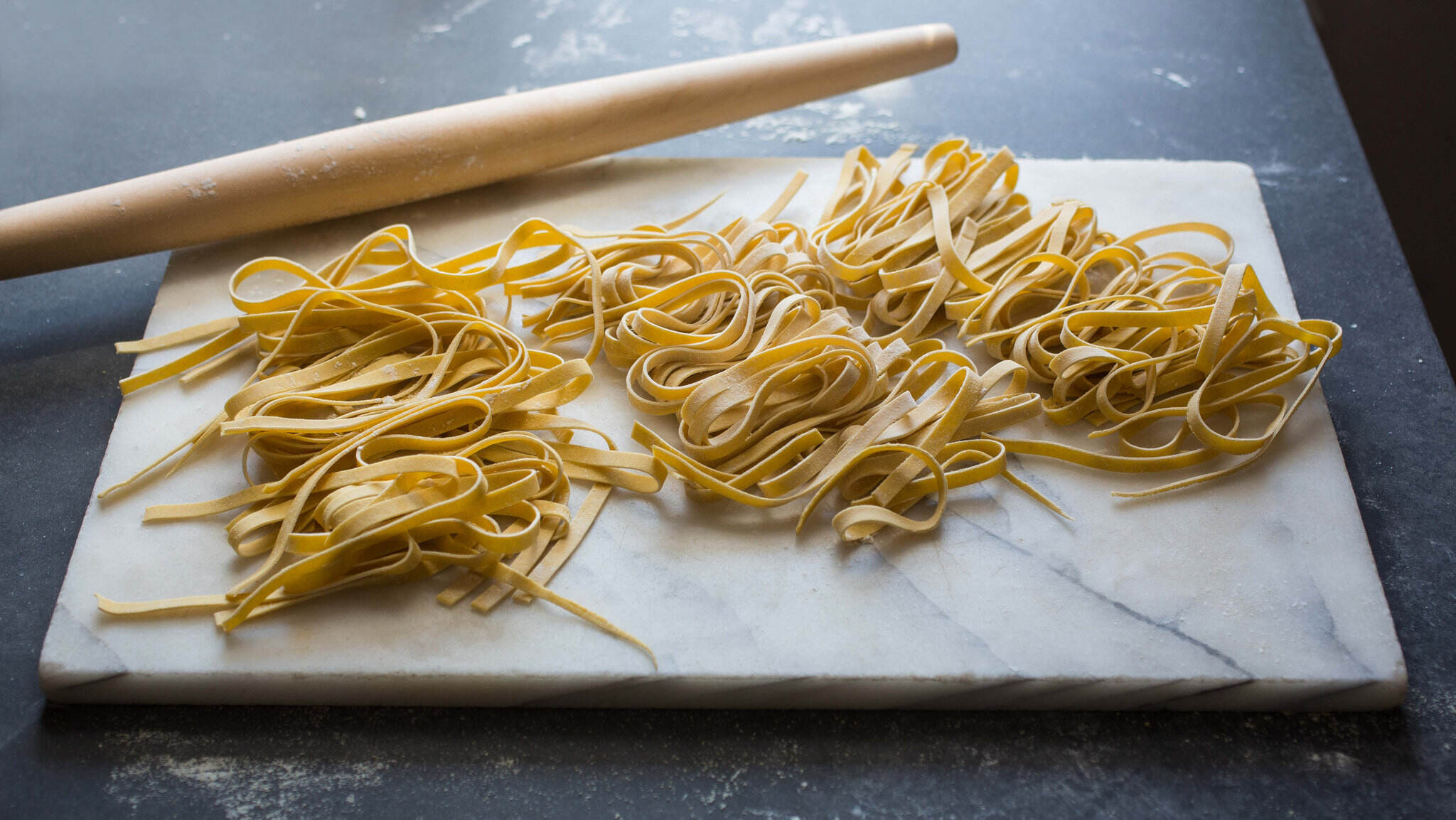
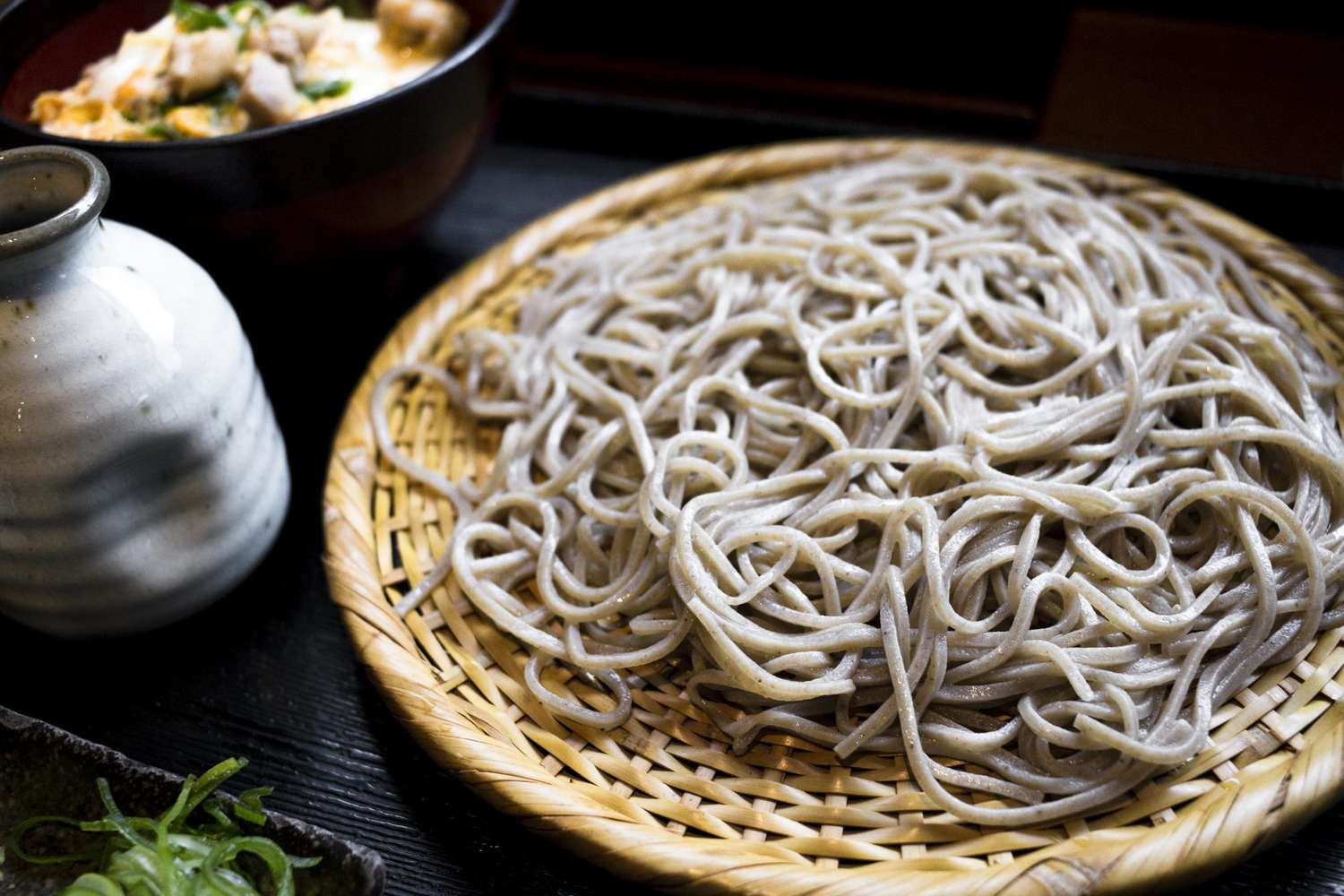
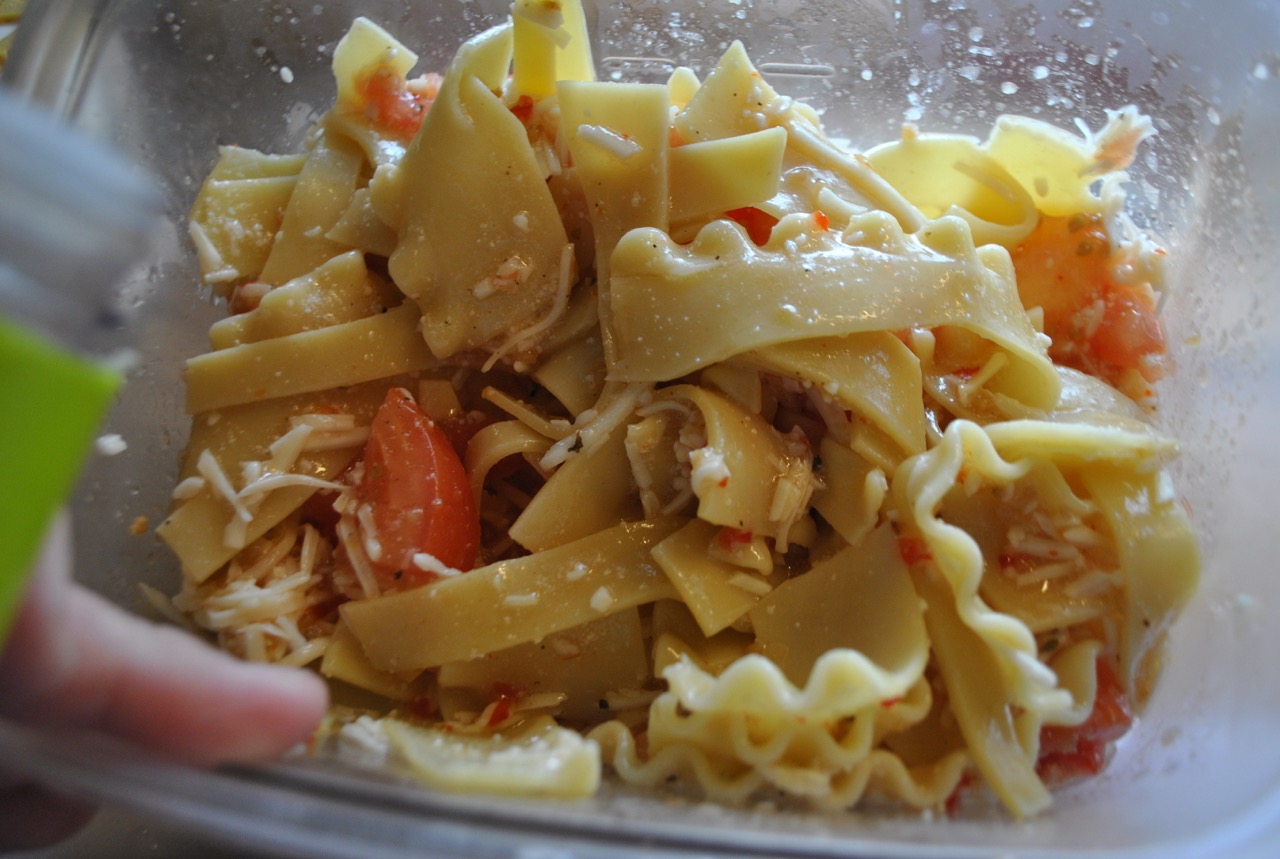
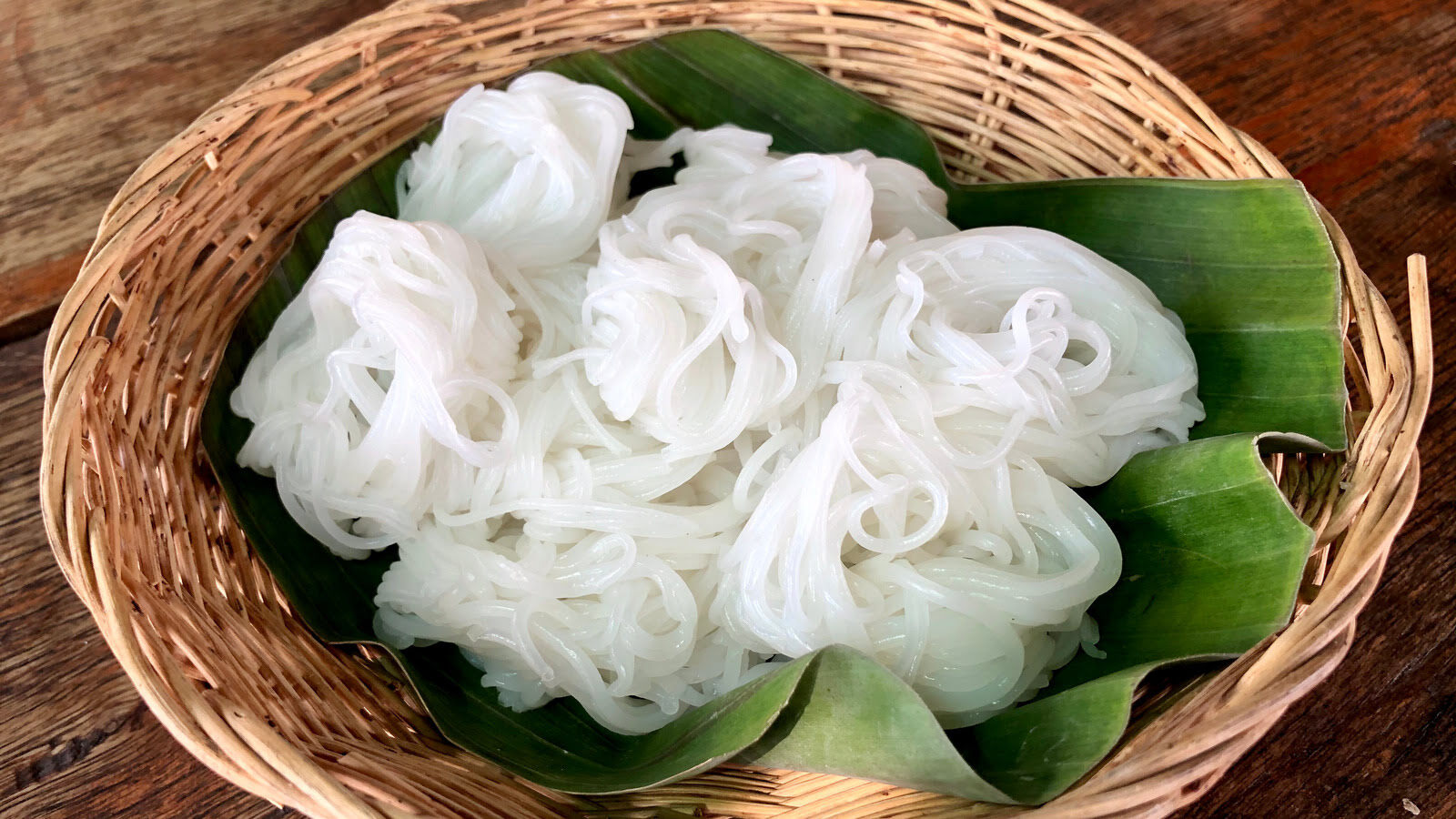
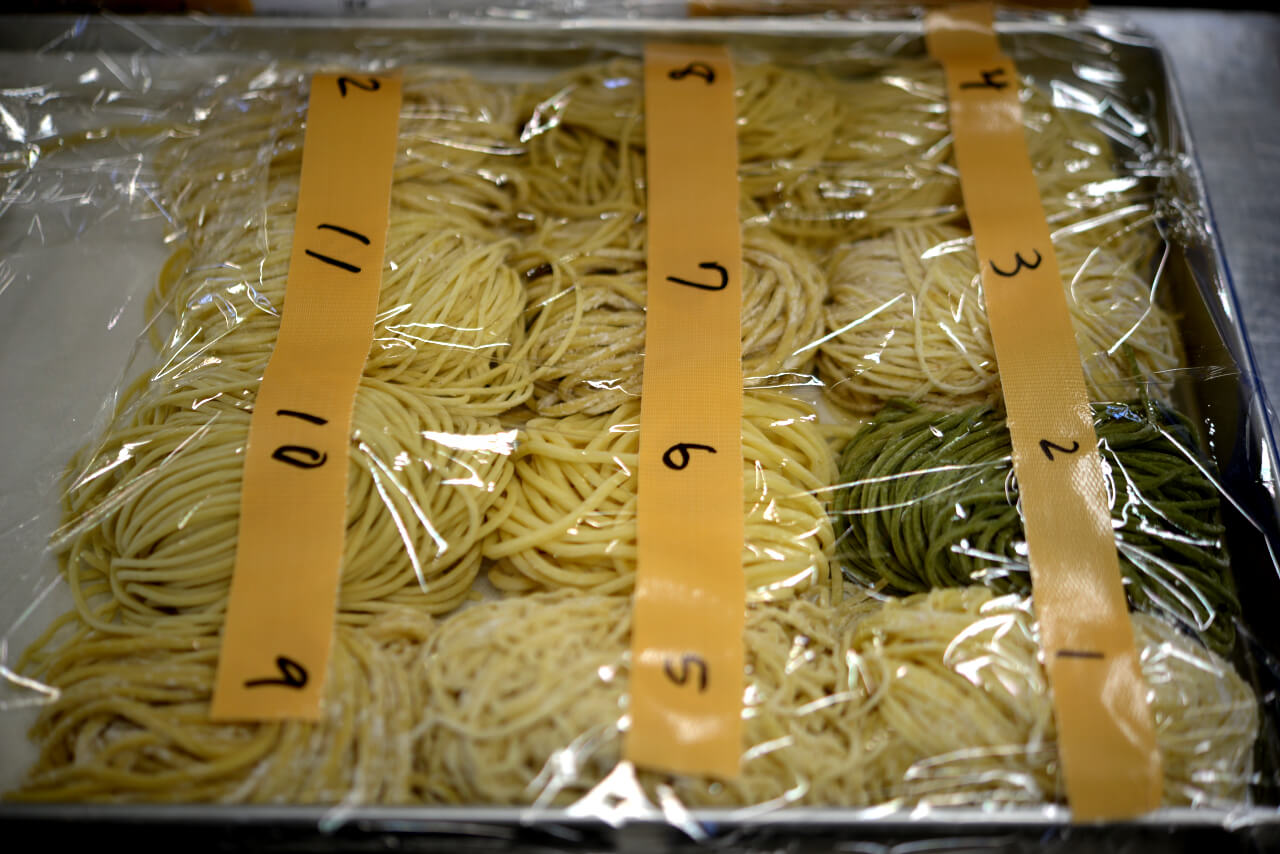
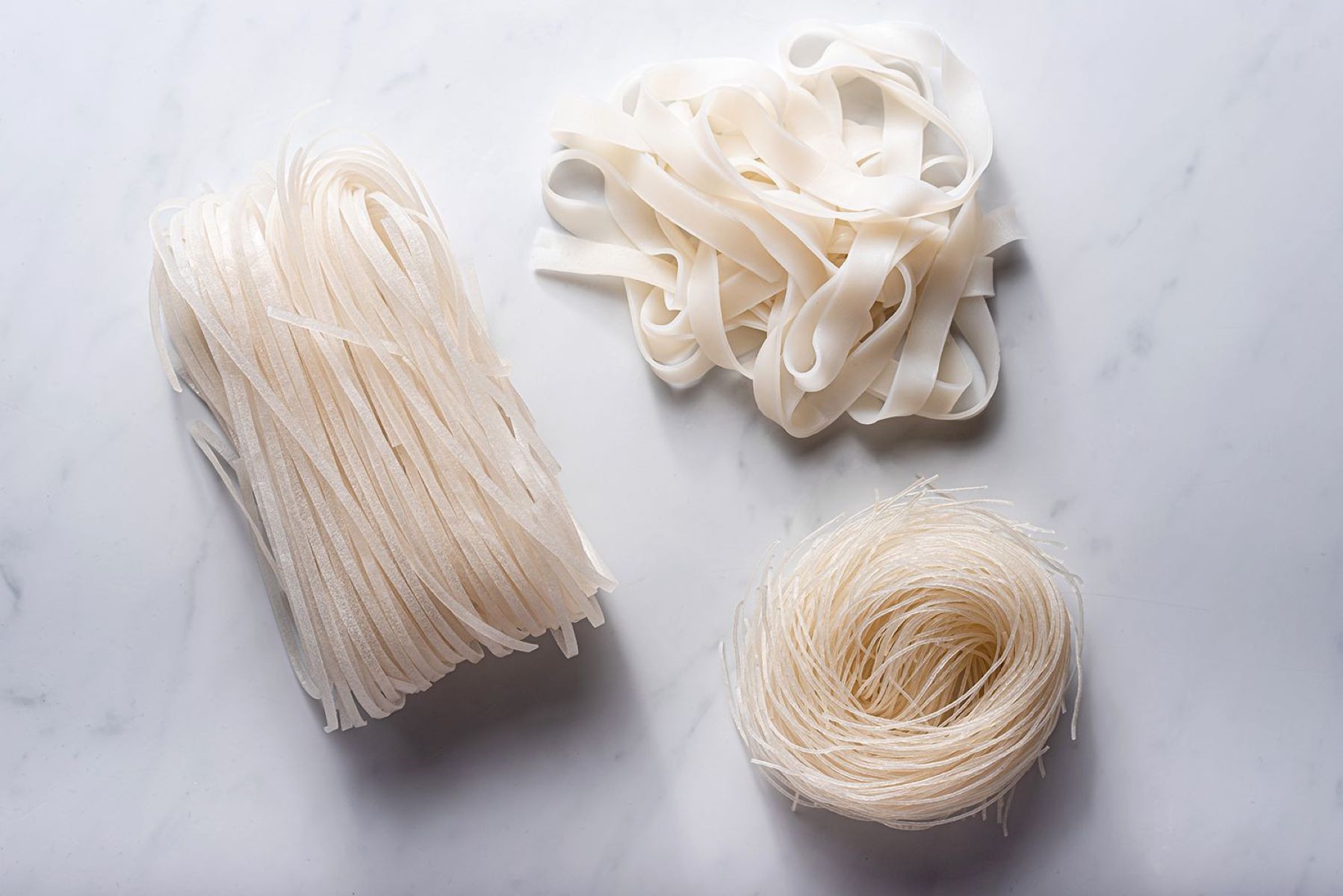

0 thoughts on “How To Store Homemade Noodles”